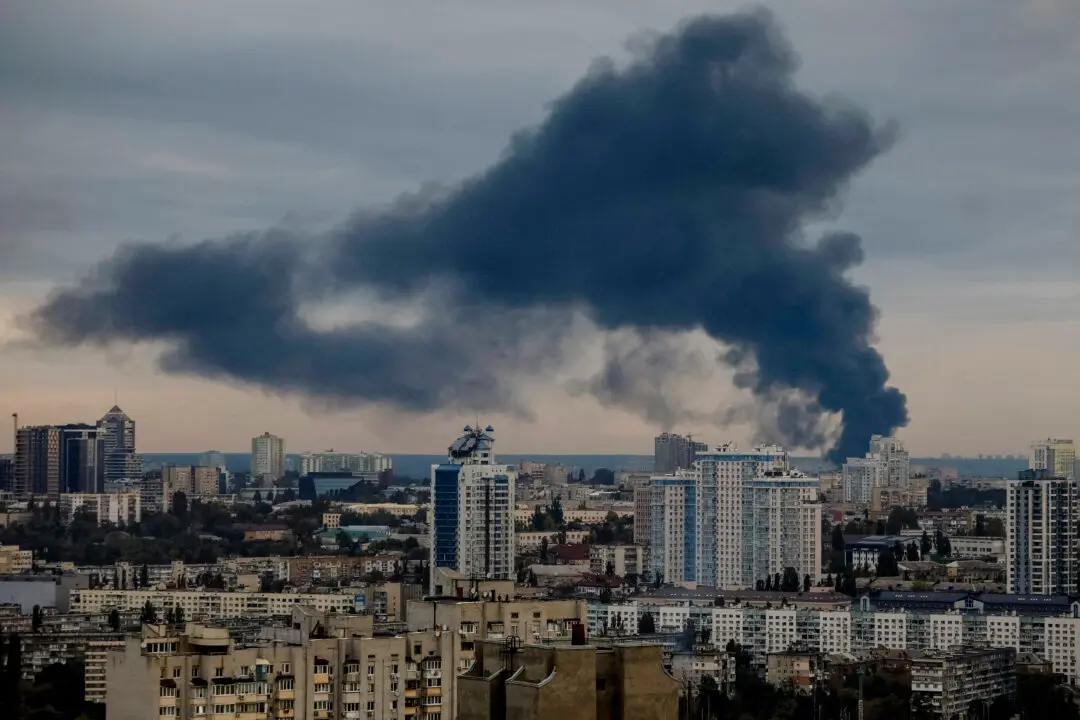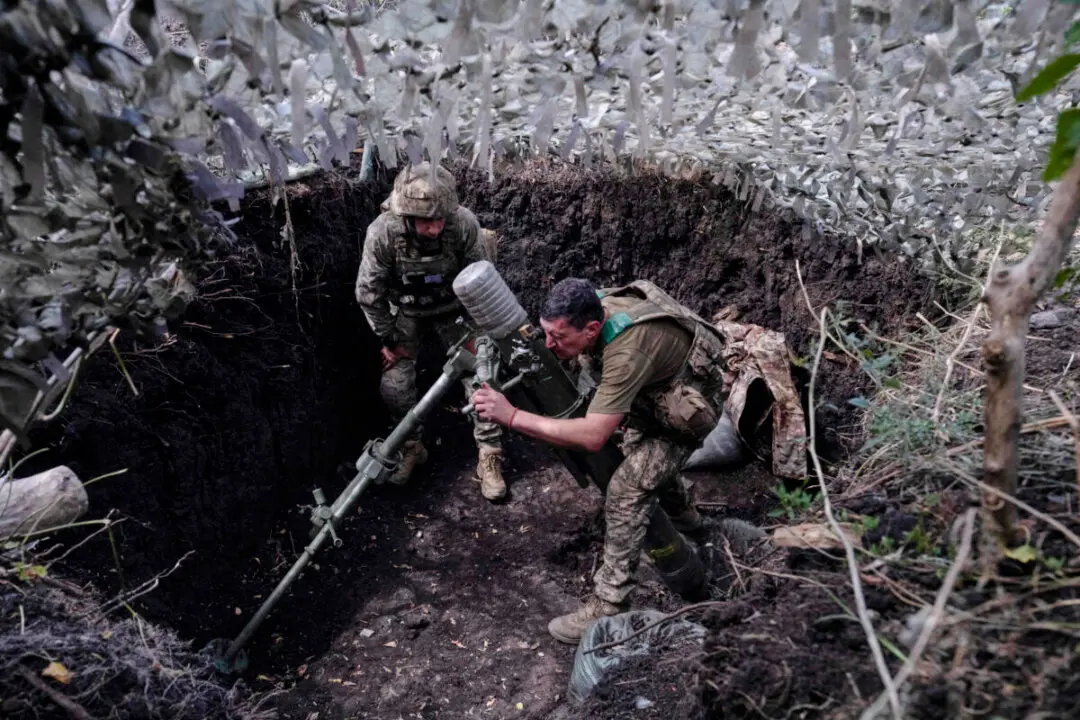ADANA, Turkey—One day after southern Turkey was rocked by two major earthquakes, residents of the country’s Adana Province are struggling to come to grips with the devastation—and holding out hope that lost loved ones may still be found.
“Six of my family members are still missing,” said Davut Karaagac, who rushed to Adana from Istanbul immediately after the first earthquake.





